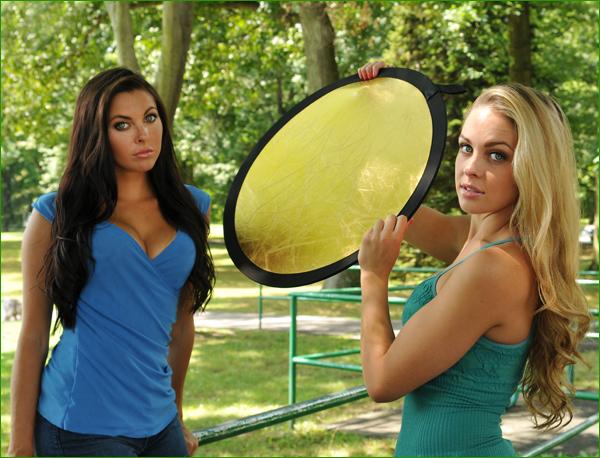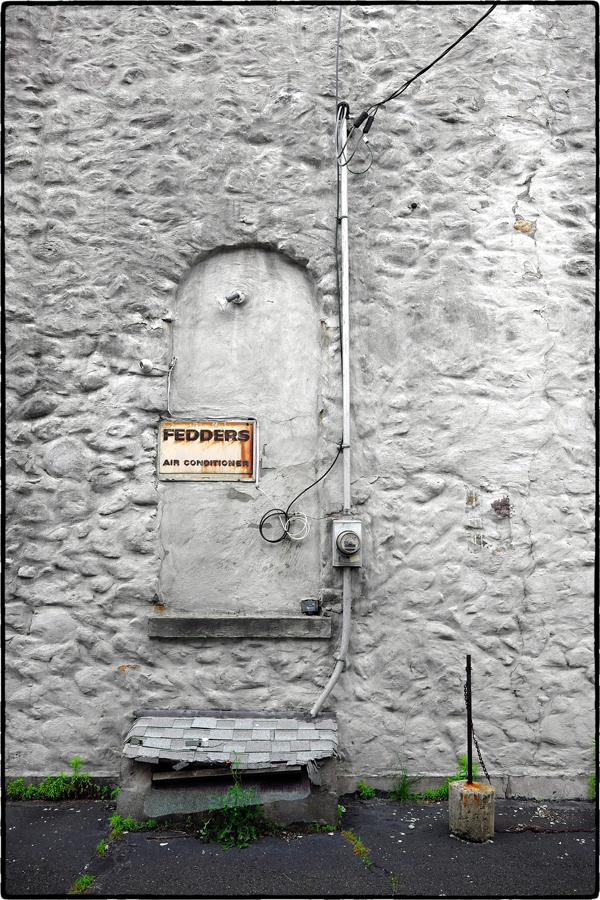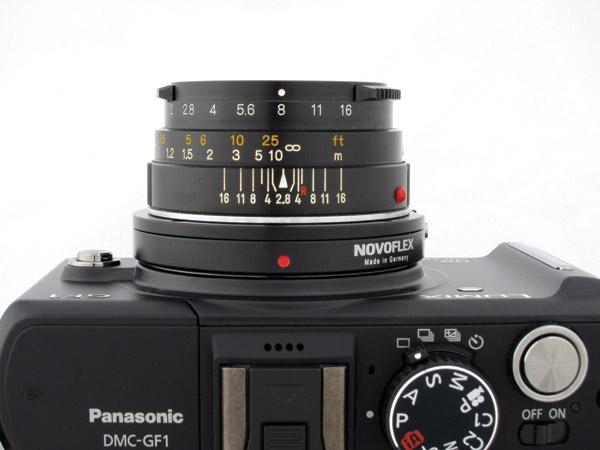Jon Sienkiewicz
|
Aug 11, 2013
|
Aug 04, 2013
|
Oct 16, 2012 |
First Published: Sep 01, 2012
|
Feb 17, 2012 |
First Published: Jan 01, 2012











